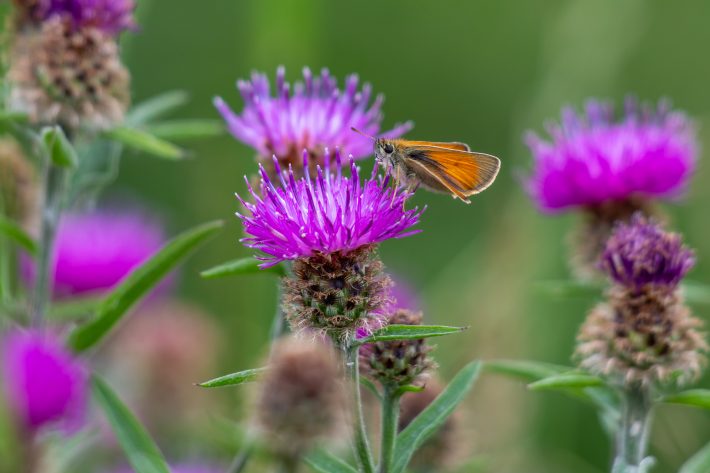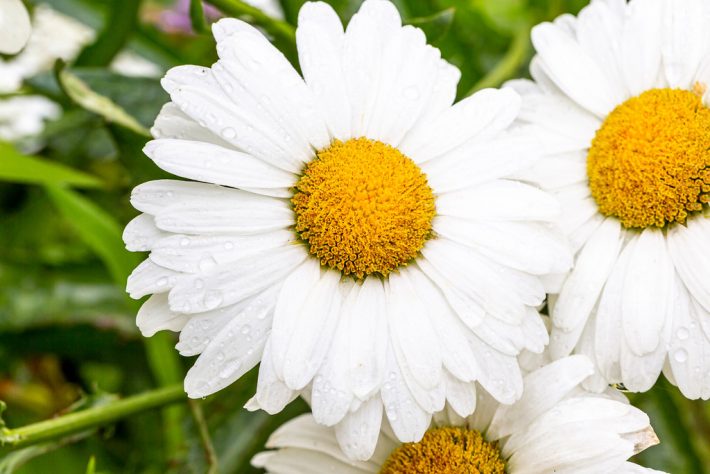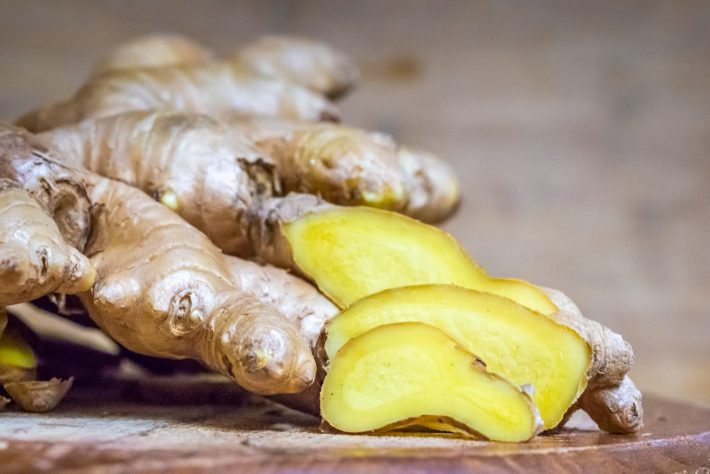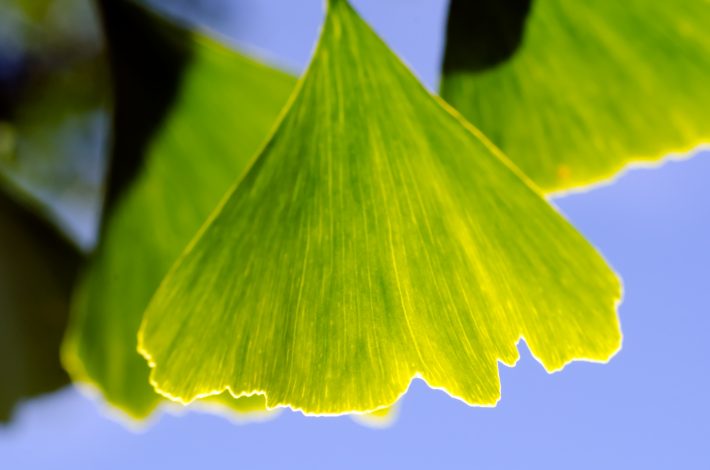Medicinal plants and unsustainable harvesting: a closer look
An exploration into the world of medicinal herbs and plants, the people who rely on them and how we can protect them from unsustainable harvesting.

Medicinal plants and herbs have been used across the globe for thousands of years, and the use of them has risen substantially in a modern-day resurgence. Despite this, little is known about how the commercial harvesting of medicinal plants may affect their conservation status, raising concerns for their survival. Or how profiteering from the much sought-after plants affects the traditional communities that rely on them.
Who is using plant medicine?
According to the World Health Organization, 70%-90% of the world’s population currently depend on traditional holistic medicine as their primary means of healthcare – but who are these people, and what is holistic medicine and who uses it?
Holistic medicine encompasses everything from herbal/plant-derived medicine, yoga and acupuncture to Indigenous medicine practices. These practices often play a large part in the culture of countries where they originated, such as in China and India.
Dr Manuel Pardo de Santayana, author of an Autónoma de Madrid study examining the potential threat to Spanish medicinal plants, explains, “The use of medicinal plants is linked to aspects of cultural identity, just like food or annual celebrations. People identify themselves with local customs and don’t want to abandon them over time.”

People within communities that rely on traditional medicine are able to solve many simple illnesses, like digestion issues or persistent coughing, through the use of plants. Medicinal plants have even influenced modern pharmaceutical medicine, with over 40% of formulations being based on natural products – including aspirin, whose main ingredient is a modified version of the salicylic acid found in willow and poplar trees.
Why is the use of medicinal plants increasing, and why does it matter?
The use of medicinal herbs and plants has expanded significantly since the onset of the COVID-19 pandemic. There are many factors that could have influenced this growth: attempts to manage symptoms prior to the vaccine’s creation, distrust of vaccination programs or certain demographics having less access to a vaccine.
However, the growing demand for medicinal plants has led to unmonitored commercial harvesting of plants, which is considered to be a threat to their sustainability. In an extremely loose sense, sustainable harvesting refers to harvesting in a way that does not lead to population decline.

Long term users of traditional medicines, including Indigenous groups, have always been advocates of using our planet’s resources in a sustainable fashion. Research shows that many traditional societies promote sustainable harvesting with the adoption of strategies such as limiting the amount of plants gathered to allow reproduction, harvesting only the active ingredient from the plant to minimize damage, and replanting seeds in personal gardens.
However, those harvesting medicinal plants for commercial purposes often disregard the practices set out by traditional communities in order to maximize profit.
How has unsustainable harvesting affected traditional societies?
Overuse of a few plant species by commercial growers has prompted conservation laws that limit their use for everyone. Even those collecting plants in a completely sustainable way have been restricted from harvesting freely. Dr Pardo de Santayana explains, “The result of these legal protections has caused massive conflicts within communities. Some feel that their right to harvest medicinal plants is being unfairly limited as a result of the actions of a few commercial harvesters.”

How can we protect medicinal plants from unsustainable harvesting?
“First, we should listen to how local and Indigenous people deal with the issue of medicinal plant endangerment,” suggests Dr de Santayana. Many species and areas of the world remain intact due to Indigenous or local communities using traditional conservation methods. Some even risk their lives for environmental matters, with an estimated 227 people dying in 2020 protecting forests, rivers and other ecosystems according to Global Witness. “These groups have advanced knowledge of plant life cycles and sustainable land management. Granting them legal permissions to continue looking after medicinal plants and harvesting them responsibly could be the key to balancing the increased demand and their continued survival,” concludes Dr de Santayana.
Read Dr de Santayana’s paper here:
, , , , , , , & (2023). Cultural importance, availability and conservation status of Spanish wild medicinal plants: Implications for sustainability. People and Nature, 00, 1–14. https://doi.org/10.1002/pan3.10511
Like what we stand for?
Support our mission and help develop the next generation of ecologists by donating to the British Ecological Society.